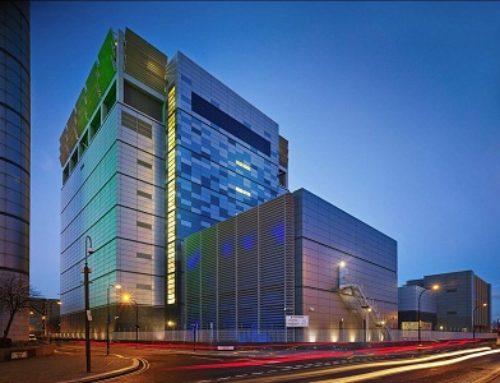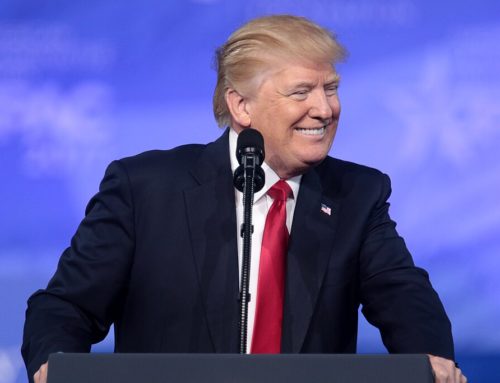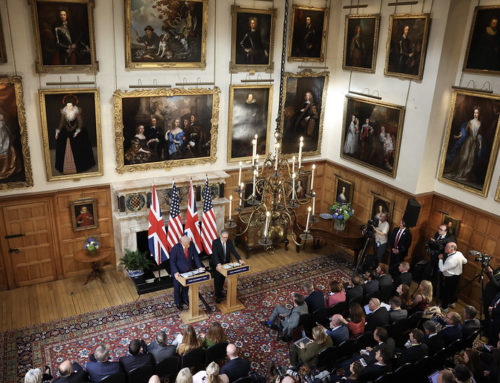1. Dassault opens flagship maintenance site in Florida
Dassault Falcon Jet, a subsidiary of France’s Dassault Aviation, has officially opened a state-of-the-art maintenance, repair, and overhaul facility at Melbourne Orlando International Airport, marking a major milestone in the company’s expansion across the Americas.
The new 250,000-square-foot complex is designed to serve Falcon operators throughout North and South America and beyond. It can accommodate all current Falcon models—including the ultra-long-range Falcon 10X, which is still in development—and perform major maintenance and modifications on up to 14 aircraft simultaneously. The facility also includes a 54,000-square-foot paint shop, engineering workshops, customer offices, and lounges.
“This new center reflects our belief in the U.S. market and the future of aerospace in Florida,” said Eric Trappier, Chairman and CEO of Dassault Aviation. “It adds significant capacity in the Americas and puts more service capability closer to our Falcon customers.”
The Melbourne site is being hailed as the “Flagship of the Americas” by Dassault Falcon Jet CEO Thierry Betbeze. The $115 million investment is expected to create up to 400 high-wage jobs in Brevard County, reinforcing Florida’s reputation as a hub for aerospace innovation.
Florida Governor Ron DeSantis praised the move, stating, “Dassault’s investment is a testament to Florida’s skilled workforce, pro-business environment, and commitment to innovation. This new service center will create high-quality jobs and expand opportunities for Floridians.”
The facility is part of Dassault Aviation’s global network of over 40 service locations and represents the company’s largest U.S. investment since its completions and service center in Little Rock, Arkansas. It will support a growing fleet of Falcon aircraft, including the Falcon 6X and the upcoming Falcon 10X, which is expected to enter service in 2027.
With this strategic expansion, Dassault Falcon Jet strengthens its commitment to customer support, operational excellence, and regional investment—solidifying its role as a key player in the global business aviation ecosystem.
2. Trump to visit Japan for trade talks
President Donald Trump is set to visit Japan from October 27 to 29, marking his first trip to the country since beginning his second term in office. The visit comes at a pivotal moment for U.S.-Japan relations, with a newly signed trade agreement, a change in Japan’s leadership, and heightened regional tensions shaping the diplomatic landscape.
A Strategic Stop in Asia
Trump’s visit to Japan is part of a broader Asia tour that includes stops in Malaysia for the ASEAN summit and South Korea for the APEC summit. In Japan, he is expected to meet with the newly elected Prime Minister — likely Sanae Takaichi, following the Liberal Democratic Party’s leadership race — and hold a summit on October 28.
The summit will focus on reaffirming the U.S.-Japan alliance, coordinating approaches to China and North Korea, and discussing the implementation of a historic $550 billion trade and investment agreement signed earlier this year.
A $550 Billion Investment Commitment
The July 2025 framework agreement between the U.S. and Japan has reshaped bilateral trade dynamics. Japan has pledged to invest $550 billion in U.S. infrastructure, manufacturing, and strategic sectors such as semiconductors, pharmaceuticals, shipbuilding, and clean energy. In return, the U.S. has imposed a 15% baseline tariff on most Japanese imports, including automobiles and auto parts, while offering sector-specific exemptions.
This deal is seen as a cornerstone of Trump’s “America First” trade policy, aimed at boosting domestic production and reducing reliance on foreign supply chains. However, it has sparked debate in Japan, with some political and business leaders questioning the scale and control of the investment commitments.
Diplomatic Symbolism and Military Presence
Trump is also expected to address U.S. sailors aboard the USS George Washington, which made a sudden return to Yokosuka Naval Base ahead of the visit. The move underscores the strategic importance of the U.S.-Japan military alliance amid rising tensions in the Indo-Pacific.
Additionally, Trump will meet with families of Japanese citizens abducted by North Korea, a gesture that highlights ongoing humanitarian concerns and his administration’s continued pressure on Pyongyang.
Regional Implications and Speculation
Trump’s Asia tour has fueled speculation about potential high-stakes meetings, including a possible encounter with North Korean leader Kim Jong Un during the APEC summit in South Korea. South Korea’s suspension of tours to Panmunjom and diplomatic reshuffling in Seoul have added intrigue to the visit.
Moreover, a summit with Chinese President Xi Jinping is reportedly being arranged on the sidelines of APEC, signaling a broader diplomatic push to recalibrate U.S. relations in the region
Conclusion
President Trump’s visit to Japan is more than a ceremonial stop — it’s a strategic engagement that blends trade, diplomacy, and military cooperation. As Japan navigates a leadership transition and the region braces for shifting alliances, the outcomes of this visit could have lasting implications for global trade and geopolitical stability.
3. German diplomat to visit Turkey

German Turkish Baklava
In a pivotal moment for European diplomacy and trade, Germany’s Foreign Minister Johann David Wadephul visited Ankara on October 17, 2025, for high-level talks with his Turkish counterpart, Hakan Fidan. The visit underscored the strategic importance of Türkiye-Germany relations, particularly in the realms of trade, energy, and regional security.
Strategic Dialogue in a Shifting Global Landscape
Wadephul’s visit comes at a time of heightened geopolitical tension, with conflicts in Gaza, Ukraine, and Syria reshaping regional dynamics. Turkey’s role as a NATO ally and a key mediator in the Middle East has elevated its diplomatic standing, making it a crucial partner for Germany in both security and humanitarian efforts.
“Turkey is a key strategic partner within the NATO Alliance,” Wadephul stated, emphasising the need to curtail Russia’s war financing and praising Turkey’s role in enforcing the Montreux Convention, which governs access to the Black Sea.
Trade and Energy: A Renewed Focus
Central to the discussions was the strengthening of economic ties through the Turkey-Germany Joint Economic and Trade Committee and the upcoming Energy and Mining Forum. These platforms aim to deepen cooperation in critical sectors, including renewable energy, mining, and industrial innovation.
Fidan highlighted Türkiye’s commitment to a strategic energy partnership with Germany, noting that collaboration in the defense industry under the EU’s SAFE (Security Action for Europe) mechanism could unlock new opportunities for joint production and innovation.
Visa Liberalisation and Customs Union Modernisation
Turkey also pressed for progress on visa liberalisation for Turkish nationals and the modernisation of the EU-Türkiye Customs Union. Fidan expressed hope that Germany would support these initiatives, which are seen as vital for enhancing mobility and economic integration between Turkey and the EU.
Humanitarian and Regional Security Commitments
The ministers addressed the ceasefire in Gaza, brokered with Türkiye’s involvement, and reiterated their commitment to uninterrupted humanitarian aid. Türkiye, alongside the US, Egypt, and Qatar, is one of the guarantors of the truce, and both nations pledged to support lasting peace efforts in the region.
Looking Ahead
Wadephul’s visit signals a renewed momentum in Turkey-Germany relations, with both countries aligning on key strategic goals: stabilising regional conflicts, enhancing trade and energy cooperation, and reinforcing NATO’s collective security framework.
As global challenges mount, the partnership between Berlin and Ankara is poised to play a defining role in shaping Europe’s economic and security architecture.
4. Nova Scotia Premier hosts trade mission to UK and Italy
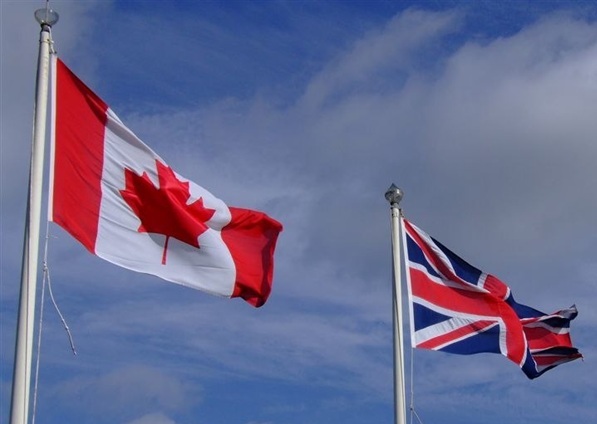
Canada Britain
Premier Tim Houston is leading a trade mission to the United Kingdom and Italy this week, spotlighting Nova Scotia’s energy sector and its growing potential in offshore natural gas development. The four-day mission, which includes strategic meetings and a keynote address at the World Energies Summit in London, marks a pivotal moment in Nova Scotia’s international business outreach.
Energy Diplomacy on the Global Stage
Premier Houston’s visit underscores Nova Scotia’s ambition to position itself as a key player in the global energy transition. Speaking at the World Energies Summit on October 14, Houston emphasised the province’s rich offshore reserves and strategic advantages.
“Nova Scotia has so much to offer the energy sector in today’s competitive global economy,” said Premier Houston. “Our proven oil-and-gas-rich reserves, along with our strategic location to key markets and skilled workforce, mean Nova Scotia can offer energy companies the whole package.”
The delegation includes senior officials from the Premier’s Office and the Department of Energy, who are engaging with executives from leading energy firms in both London and Milan.
Unlocking Offshore Potential
This mission follows a major announcement in July, when Nova Scotia’s offshore energy regulator opened a call for bids on 13 exploration parcels near Sable Island. These parcels are adjacent to previously successful fields such as the Deep Panuke and Sable Offshore Energy Projects, which generated billions in revenue and hundreds of jobs over two decades.
Houston’s government sees this renewed interest in offshore development as a cornerstone of its broader energy strategy, which balances traditional resource extraction with emerging clean energy initiatives.
Strategic Partnerships and Investment Opportunities
In Milan, the delegation is expected to continue discussions with European energy leaders, exploring partnerships that could bring long-term investment and innovation to Nova Scotia. The mission also aims to attract foreign direct investment (FDI) and promote Nova Scotia’s readiness for international collaboration.
“We can offer energy companies the whole package — good-paying jobs for Nova Scotians, growth for local businesses, and long-term investment in our communities,” Houston added.
5. Commerce Secretary Rajesh Agarwal visits U.S. for trade talks
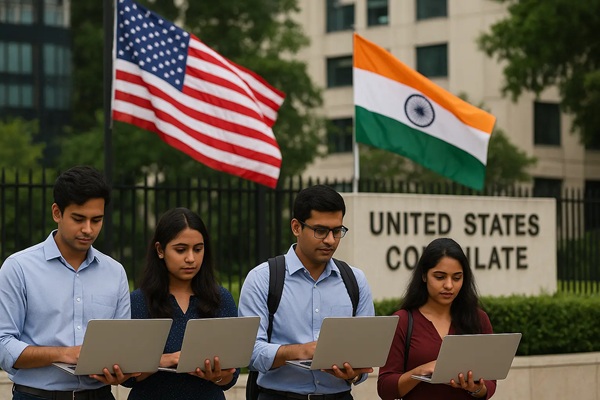
India’s Commerce Secretary Rajesh Agarwal Heads to Washington for Strategic Trade Talks
In a pivotal move aimed at advancing the long-anticipated Bilateral Trade Agreement between India and the United States, Commerce Secretary Rajesh Agarwal is leading a high-level delegation to Washington, D.C. this week. The visit comes amid renewed diplomatic momentum and a shared commitment to resolving longstanding trade tensions between the two nations.
The Indian delegation, which includes officials from the Ministry of Commerce and the Ministry of External Affairs, has already begun working-level discussions in Washington. Agarwal’s arrival is expected to give the negotiations a senior-level push, with both sides targeting the finalisation of the first tranche of the BTA by November 2025.
Navigating Challenges Amid U.S. Shutdown
While the U.S. government is currently experiencing a partial shutdown, both countries are proceeding with informal discussions. Agarwal emphasised that although this may not be the “right time” for full-fledged negotiations, the teams are actively exploring a “win-win solution” to address tariff-related issues and energy trade dynamics.
Energy Trade and Tariff Concerns
One of the key topics on the agenda is India’s willingness to increase crude oil imports from the U.S., provided the pricing is favorable. This move could help offset Washington’s concerns over India’s trade surplus and its continued purchase of Russian oil, which has attracted punitive tariffs from the U.S. administration.
India’s merchandise exports to the U.S. have shown resilience, growing by 6.75% in September despite the imposition of 50% tariffs, including a 25% penalty linked to Russian oil imports. Agarwal noted that 45% of Indian exports to the U.S. remain unaffected by these tariffs, and the Commerce Ministry is conducting a commodity-wise analysis to assess the broader impact.
Strategic Outlook
The proposed agreement aims to more than double bilateral trade to $500 billion by 2030, reflecting the strategic importance of the India-U.S. economic partnership. Recent diplomatic engagements—including meetings between Prime Minister Narendra Modi and U.S. President Donald Trump, and discussions with U.S. Ambassador-designate Sergio Gor—have reinforced the positive trajectory of the talks.
With optimism on both sides and a clear roadmap ahead, Agarwal’s visit marks a critical juncture in India-U.S. trade relations. As negotiations continue, stakeholders across industries are watching closely, hopeful that the outcome will unlock new opportunities for investment, energy cooperation, and market access.



